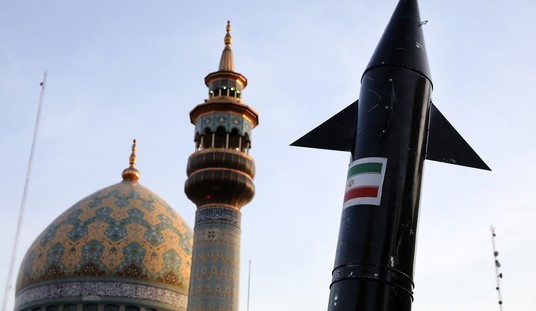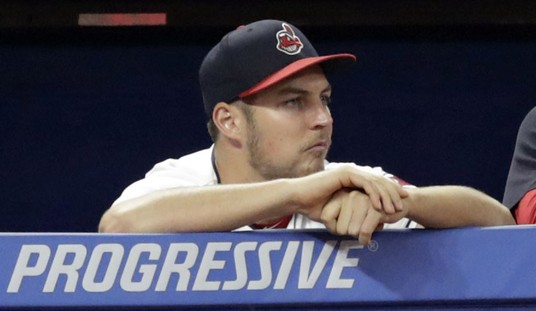“You didn’t see Republicans when we had control of the Senate try to rig the game. You didn’t see us try to pack the court,” said Senator Ted Cruz (R-Texas) on Thursday. This simple fact is actually indisputable, but the left is coming out in force to dispute this.
Court-packing is defined by Merriam-Webster as “the act or practice of packing a court and especially the United States Supreme Court by increasing the number of judges or justices in an attempt to change the ideological makeup of the court.” Republicans simply have never attempted this. But if you listen to the left, the GOP is guilty of court-packing. How exactly? Well, I looked at the various things they claimed were “court-packing” and compiled them below. So, let’s review them and debunk the myth that any of these are court-packing.
1. Blocking Obama judicial nominees
Blocking of judicial nominees is done by both parties. Senate Democrats aggressively blocked judicial nominees under President George W. Bush while in the minority, and refused to act on many when they had the majority. Harry Reid even held pro forma sessions during Senate breaks to prevent recess appointments. Under Obama, Republicans responded in kind. Blocking of nominees is frustrating for the party in power, but it’s not court-packing. But if the opposition party blocking nominees is “court-packing” then both parties are guilty of it. But, it’s not, so it’s a moot point anyway.
2. Blocking Merrick Garland
Few things are as controversial as an open Supreme Court seat these days, and upon the death of Justice Antonin Scalia, Democrats cheered at the potential to swing the balance of the court to the left. With Barack Obama in the White House, they thought they had that opportunity, but with Republicans in control of the Senate, Majority Leader McConnell wouldn’t let the Senate take up the vote. While Democrats cried foul, McConnell was simply following the standard set by none other than Joe Biden. In June of 1992, then-Senator Joe Biden, who was chairman of the Senate Judiciary Committee at the time, gave a speech on the Senate floor arguing that then-president George H.W. Bush shouldn’t attempt to fill a vacancy to the Supreme Court in the middle of an election year. No vacancy occurred, but the Biden rule certainly came back to bite the Democrats in their donkeys in 2016.
3. Confirming Neil Gorsuch
It’s hard to understand why Democrats would argue that confirming Neil Gorsuch was “court-packing,” but I saw several people on Twitter make this claim. The only possible explanation for their thinking that Gorsuch’s confirmation was “court-packing”—aside from the fact that they were also licking their wounds from not getting Merrick Garland a vote in the Senate—is that the GOP had to end the filibuster for Supreme Court nominees to get him confirmed. The problem with this is that while Democrats were obviously frustrated by the rule change, it was their party who broke years of precedent first by eliminating the filibuster for judicial nominees back in 2013.
4. Confirming Brett Kavanaugh
Perhaps even more confusing is that some on the left say that the confirmation of Brett Kavanaugh was court-packing. Democrats did try to postpone the confirmation vote until after the 2018 midterms, hoping they’d retake the majority (they didn’t) but that doesn’t make it court-packing. Nor does the left’s claim that the lack of a “proper” investigation into the bogus allegations made against Kavanaugh makes it court-packing either.
5. Confirming Amy Coney Barrett
The vacancy left by the death of Ruth Bader Ginsburg set off a political firestorm in the middle of an election year. Democrats actually thought they had a solid argument that since Republicans wouldn’t give Merrick Garland a vote during a presidential election year that it would be improper for Donald Trump to nominate anyone to fill the vacancy and that the winner of the 2020 election should have that right. Except that a key aspect of Biden rule was that the president’s party did not have a majority in the Senate. Prior to the confirmation of Amy Coney Barrett, five Supreme Court vacancies were filled in an election year, and all but one president’s party had a majority in the Senate.
6. Record confirmation of Trump judicial nominees
One of President Trump’s most substantial legacies is his collaboration with Mitch McConnell in confirming a record number of judges to the federal judiciary. Trump had more judges confirmed in one term than any president in history.
But filling vacancies is not court-packing. In none of these cases were new seats added to a court to change their composition. Did filling these vacancies change the ideological balance of some of these courts? Definitely. But that’s not court-packing. The Constitution gives all presidents the power to nominate judges. Perhaps Democrats were frustrated because Barack Obama didn’t fully take advantage of the Democrat majority in the Senate to fill more vacancies, but that still doesn’t make what Trump did court-packing. Let’s not forget, part of the reason Trump’s nominees weren’t able to be blocked by Senate Democrats is that former Senate Majority Leader Harry Reid (D-Nev.) eliminated the filibuster for executive and judicial nominees in 2013 to prevent Senate Republicans from blocking Obama’s nominees. McConnell did warn the Democrats at the time that they would “rue the day” they started changing the rules to serve their immediate political needs. And he was right.









Join the conversation as a VIP Member